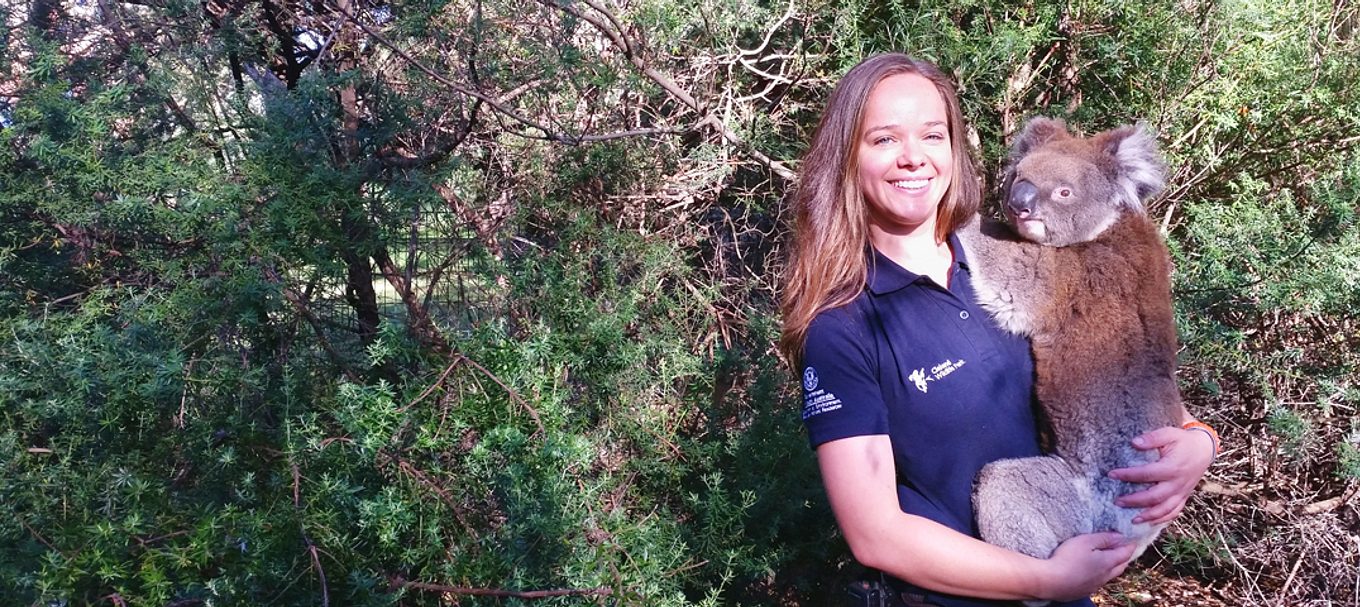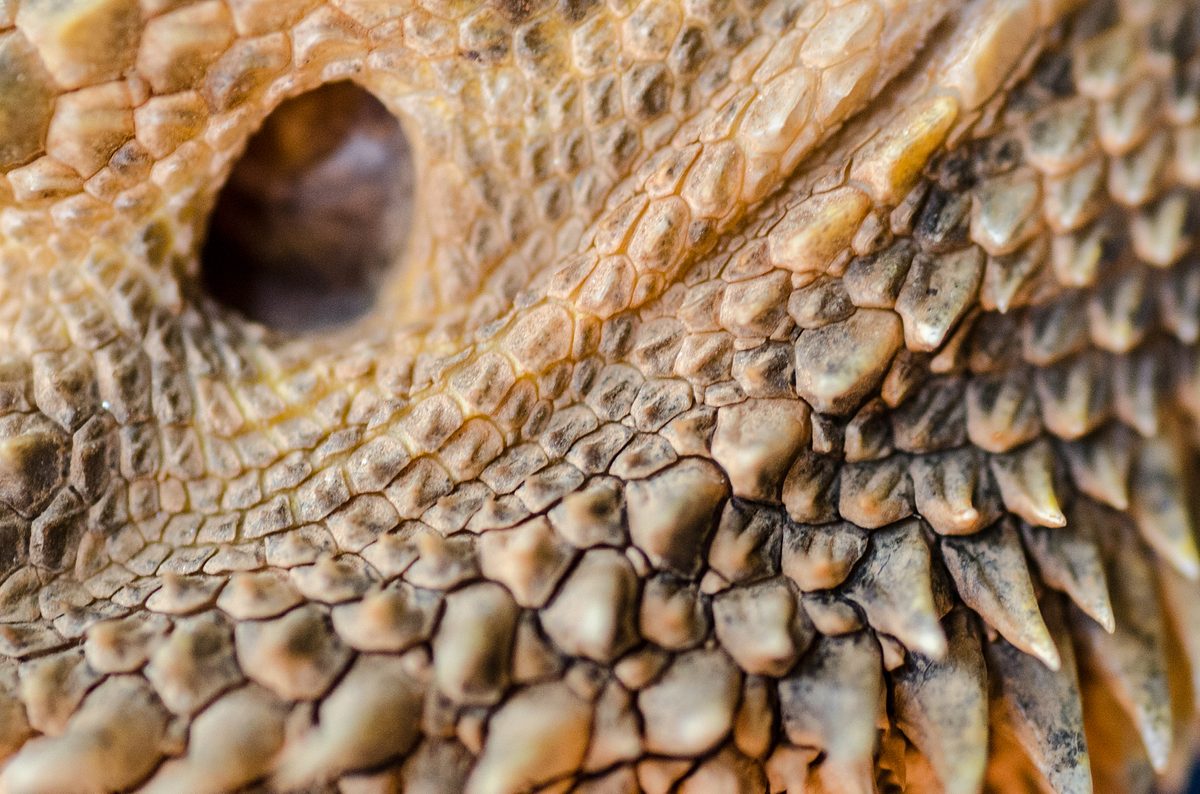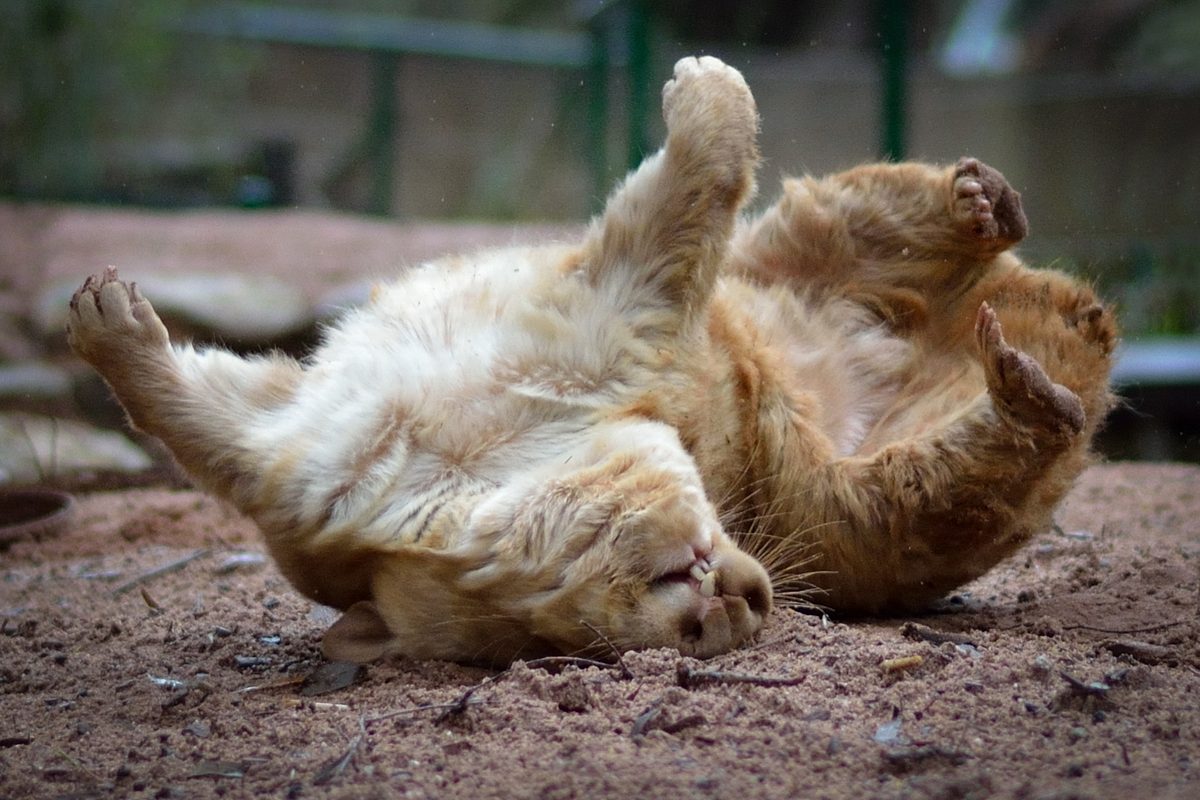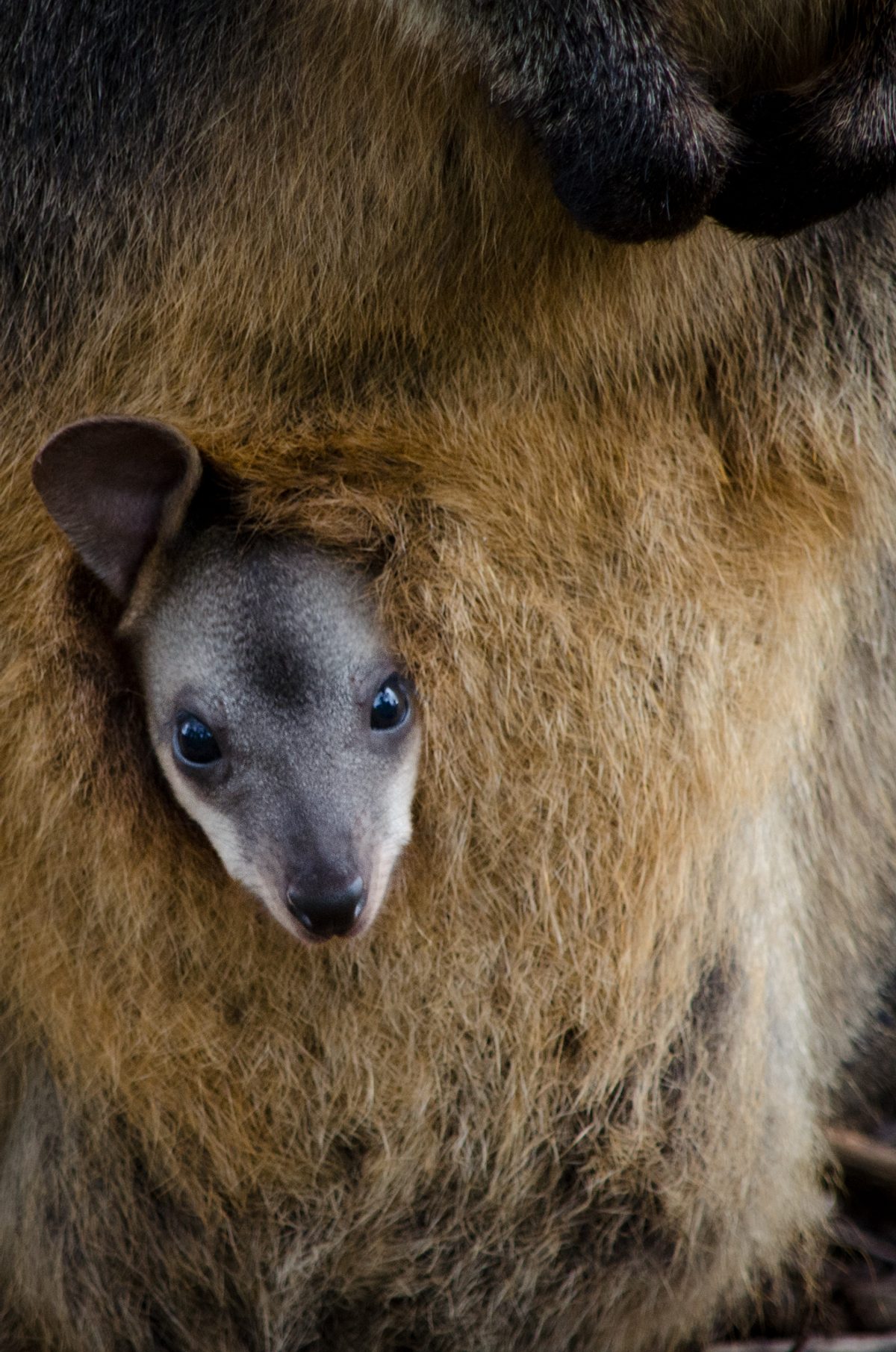
5 easy tips to improve your wildlife photos
With the rise of smartphones and affordable cameras, more people are finding pleasure in taking photos. Our abundant wildlife make a great photographic subject, whether it’s in your backyard or further afield.
Aspiring wildlife photographer Michelle Birkett is lucky enough to have her subject close at hand as a wildlife keeper at Cleland Wildlife Park. Here are her top five tips on taking photos of wildlife.
1. Focus on the eyes
When looking at photographs we are naturally drawn to the eyes of animals and people. The best wildlife photos always have the animal’s eyes in very sharp focus. On mobile phones you can do this by tapping on the screen where you want to focus point to be, while on my DSLR I focus using the central focus point and then recomposing the photo.

2. Play around with perspective
Don’t just stand there! Try moving around to find a different or interesting view of the animal. My favourite is to get down really low so that I am on the same level as the animal – it makes the photo more intimate. Zoom in super close to pick up interesting details like feather patterns or paws or try zooming out and showing the animal within its natural habitat. Moving around also gives you control over what is in the background – the more natural, the better.

3. Come back at different times of the day and year
Animal behaviour, types of light and scenery change throughout the day and with the seasons. Early morning light is soft and the birds are the most active at this time. In the late afternoon, everything is bathed in warm light and nocturnal animals begin to move around. Photos I take in summer show harsh dry landscapes with bright blue skies but in winter the same areas are a lush green with foggy skies.

4. Get some insider knowledge
At Cleland Wildlife Park, I ask other keepers for tips on when the animals will be most energetic or display particular behaviours and I attend keeper talks when I know the animals are going to be the closest. If I want to photograph a particular species in the wild, I check online photography forums for tips on where I can find them, what time to go and what to look for.

5. Always respect the animals
Whether you are photographing animals in a wildlife park or in the wild, respecting the animals will ensure both you and the animals stay safe and also means you will get the best shots. Move around animals quietly and calmly, always ensuring that there is an escape route for them if they are scared and want to move away. Keep your distance from nesting birds or animals with young to ensure you don’t disrupt their natural behaviours. Feeding friendly animals at a wildlife park is a great way to get closer, but refrain from feeding wild animals as this has been shown to alter their natural behaviour and put them at risk of disease or becoming reliant on humans.

Remember that practice makes perfect, so get out there and start snapping! If you need more inspiration, check out Michelle’s Instagram feed @wildlife_chelle or start following National Parks South Australia and Cleland Wildlife Park on Instagram and Facebook.
Love photography? Check out these tips for taking great photos of nature with your mobile phone.





